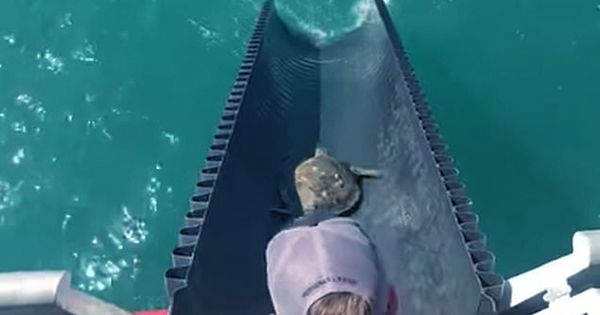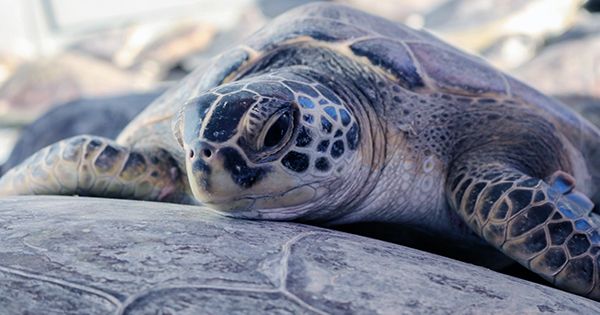The winter storms in Texas were devastating to all levels of life found in the region. Widespread power outages have continued to fight to keep many warm, and its incredibility has even led some to claim that the snow is. The sudden onset of winter is also bad news for wildlife, as the seasonal behavior of the species no longer matches the climate of any planet in the midst of the climate crisis. Turtles were a hard-hit group of animals that could stun winter weather and even kill them. They had a presence among thousands of people as winter storms spread across Texas and other southern states left them lifeless near the icy coastline.
In some areas, temperatures drop as low as -18ºC (zeroºF), the cold-blooded species spell catastrophe quickly becoming lazy even in cold weather. Without their jokes about them, they predict the end of taking the boatman or increase the risk of finding themselves, so it no surprise that so many people rescued in tragic situations. There is a positive aspect for this cloud, however, the extraordinary efforts of wildlife teams and volunteers have successfully revived and rehabilitated many of the rescued animals. Jamie McWilliams, a naturalist at Cape Ann Whale Watch, told IFLScience, “The Texas Silence Center has processed 800-1,000 sea turtles through our doors.” “Once the main expressways were reopened, we moved many of the animals to the Texas State Aquarium rescue team to make more space for our convenience for the next few turtles.”

The devastating effects that winter weather can have on these animals mean that the Texas Shelter Center, along with many other organizations, is equipped with plans to set up as soon as the winter eruption announced. The turtles recovered on foot and in boats taken to rehabilitation centers where they are treating like many hypothermic humans. These temporarily kept out of the water in a temperature-controlled area so that they warm up slowly and can release into recovery pools a day later.
McWilliams continued, “They had a swimming test before they were released. “In order for a tortoise to medically release by our veterinarian Dr. Tim Tristan, they have to dive, stay at the bottom of the pool and stay active. After passing veterinary health clearances and swimming tests, the turtles released into warm waters about 20 kilometers (12 miles) into the Gulf of Mexico, where temperatures are more stable.
The fun bit started here after the Texas Shelter Center took more than 200 sea turtles out to sea with the help of a slip n ’slide. As seen in the next delightful footage, the turtles are slipping fast and taking deep dives as they return to the sea. They may have no clue as to what is going on with the speed of the waves, but it is a welcome sight for a group of animals returning to the wild, which is likely to be well behind the events of the recent trauma series.
Notably, however, McWilliams highlights that the work is not yet finished. “Even after the giant tortoise has returned to the wild, we have at least 75 juvenile green sea turtles that need additional rehabilitation from various injuries. Our organization runs entirely by grants and volunteers. We still need grants to help care for the rest of the patients who will need surgery and antibiotics.”
If you want to help get the final reversal back to the sea, you can donate here to fund ongoing medical care for turtles that are not yet as strong as going back to flooding.














